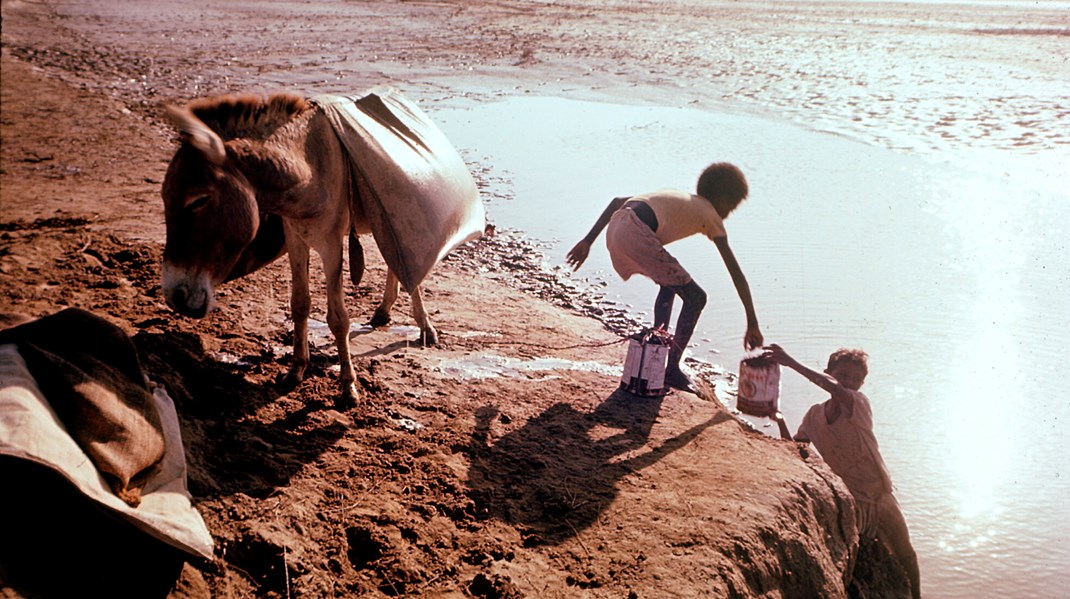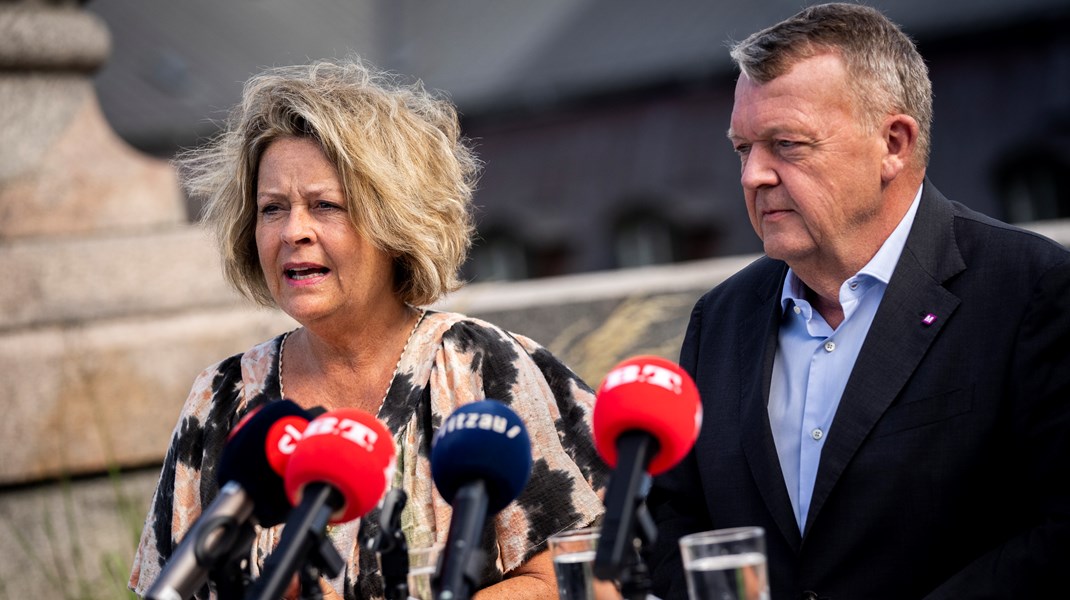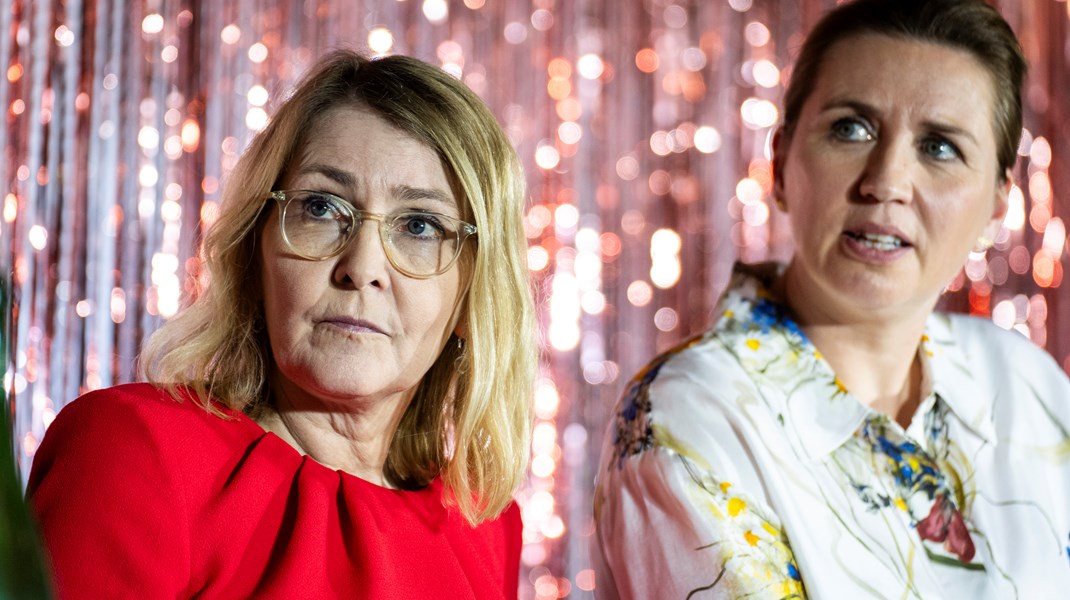At least 38 children killed in shelling in Idilb and Hama, Northern Syria
At least 38 children have been killed and 46 were injured in shelling on North West Syria since the 1st of April, Save the Children said today. Working with its partner in North West Syria, Hurras Network, Save the Children has learnt that 9 children died at school, 11 children died at home, 7 children died at the market, 2 children died in a camp and 1 child died in hospital. Twelve of the 38 children have died in the most recent escalation in violence since the end of April which has displaced 180,000 people, including 80,000 children.
Thousands of families have fled from Northern Hama to villages and towns close to the Turkish border, taking refuge in fields and on the sides of the road as overcrowded camps populations quadrupled in some areas.
Airstrikes and shelling that have targeted parts of North West Syria have damaged 18 health facilities that serve more than 200,000 people and killed four health workers, according to the United Nations.
Most medical facilities in the area have suspended their activities and those that continue to function are under pressure to respond to growing needs. In one video received by Save the Children, a severely injured child is treated in an intensive care unit with a blood-stained floor, littered with pieces of clothing.
More than 65% of schools in Hama have been forced to close, according to Save the Children’s partners in the area. The escalation in violence came during the final exams for the school year, stopping 250,000 students from finishing their exams. They will subsequently lose a full school year.
Hasan, 9, lives in Idlib. He fled with his family after his school was bombed and one of his friends was killed. He’s now sheltering with his family in an orchard:
“We were in the middle of the way when the bomb was dropped so we went running. We felt that... we were afraid and the ground below us was shaking.”
“The teacher was telling us to get out... and my brother came as well... the head teacher was shouting loudly and the ambulance came and took the injured people and their parents were crying.”
“We were displaced to here and that’s our situation.”
Sonia Khush, Save the Children Syria Director, said:
“It is illegal to target civilians in conflict., and all warring parties have an obligation to protect them from attack.”
“Entire families of up to eight people are loading everything they own on the backs of small pickup trucks, and are driving north, not knowing where they will sleep next. We have seen this happen over and over in eight years of conflict in Syria in which civilians are paying the highest price.”
“We are calling on all sides to respect International Humanitarian Law and human rights law. Appropriate mechanisms must be in place to ensure perpetrators are held to account, including all grave violations against children. Schools, hospitals and other vital civilian infrastructure must be protected from attack. Children are particularly vulnerable to the impact of explosive weapons, and warring parties should make a particular effort to protect them.”
Save the Children is supporting its partners on the ground by dispensing life-saving food and essential supplies to families escaping the violence.
In response to the acute needs of children suffering devastating injuries caused by blasts of all kinds of explosive weapons, this month Save the Children distributed paediatric manuals to doctors in North West Syria. The manual, the first of its kind, provides guidance for medics in the field, and is designed to save children’s lives. It includes step-by-step instructions that cover situations ranging from resuscitating children on the battlefield and saving limbs, to rehabilitation and psychological care.
Last week, Save the Children launched its Charter to ensure children are protected during conflicts. The charter forms the basis for a safer future for the 420 million children currently living in conflict affected areas such as Syria, where children face severe and multiple violations of their rights.
ENDS
Notes to Editors:
According to the UN, since the end of April, at least 100 civilians have been killed or injured in North West Syria. The death toll of children is based on reports from field monitors of Save the Children’s partners.
North West Syria hosts one of the largest internally displaced populations inside the country, with half of the population having been uprooted at least once, and some being displaced up to seven times over the course of the conflict. Most now live in overcrowded camps and shelters in rural areas with nowhere left to flee to. Food, water and medicine are in short supply, alongside essential services like schools and healthcare.
Save the Children supports Syrians in the North West of the country through a network of partner organizations on the ground. Their work includes running primary healthcare clinics and a maternity hospital, vaccination and food security programmes, supporting a network of schools and carrying out child protection work.
There are six ‘grave violations’ of children in conflicts as defined by the United Nations (UN). They are used to monitor, document and report on violations committed against children in conflicts around the world. They include:
· Killing and maiming of children;
· Recruitment or use of children as soldiers;
· Sexual violence against children;
· Abduction of children;
· Attacks against schools or hospitals;
· Denial of humanitarian access for children.


